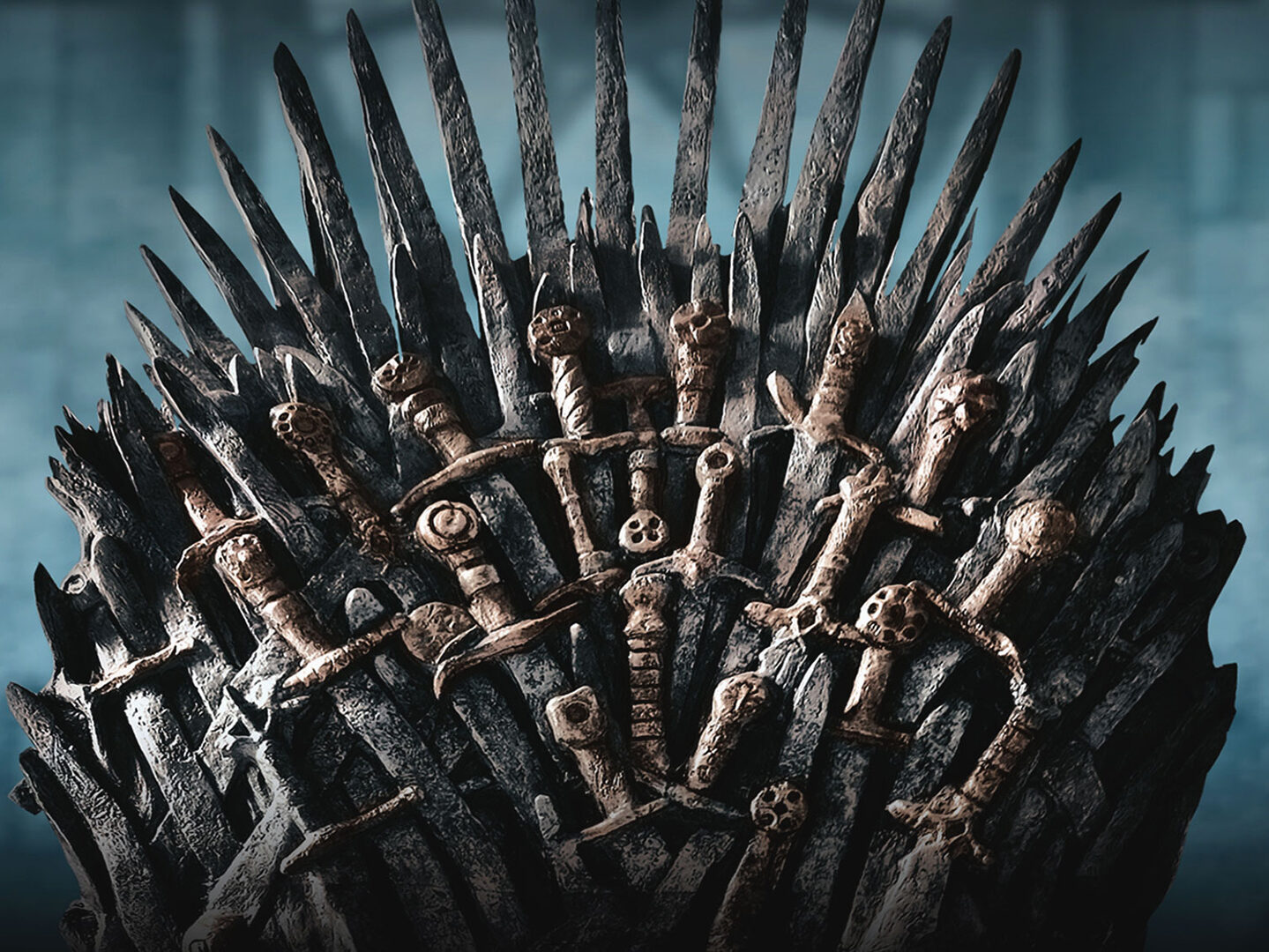Objective:
Students will understand the concept of creative destruction and analyze its effects on industries, careers, and economies. They will evaluate how chaos can present opportunities and challenges within evolving markets and organizational structures.
Materials Needed:
- Handouts with an explanation of creative destruction and examples from history and modern industries.
- Charts or case studies illustrating shifts in industries due to creative destruction (e.g., the rise of tech, automation, or e-commerce).
Lesson Steps:
1. Introduction (10 minutes):
- Provide an overview of creative destruction, as described by economist Joseph Schumpeter, emphasizing how innovation disrupts existing industries and creates new ones.
- Provide examples:
- Rise of automobiles replacing horse-drawn carriages.
- E-commerce disrupting traditional retail.
- Automation reducing manufacturing jobs but creating new tech-focused roles.
- Highlight the duality: destruction of old industries/jobs and creation of new opportunities.
2. Viewing Clip (5 minutes):
- Set up the context: Discuss how chaotic environments in Westeros and in economies can create opportunities for those willing to adapt.
3. Group Discussion (15 minutes):
- Divide students into small groups to discuss:
- What does “chaos is a ladder” mean in the context of the clip and in economic terms?
- How can individuals and firms leverage chaos (e.g., recessions, disruptive technologies) for growth?
- What are the potential downsides for those unable to adapt to creative destruction?
4. Concept Application (10 minutes):
- Case Study Analysis:
- Provide students with examples of creative destruction (e.g., Blockbuster vs. Netflix, traditional taxis vs. ride-sharing apps, or AI disrupting white-collar jobs).
- Ask them to identify:
- The “destruction” (jobs/industries displaced).
- The “creation” (new industries, roles, and opportunities).
- Who benefits and who loses in these transitions.
- Discuss parallels to the Game of Thrones clip: What parallels exist between individuals climbing the ladder of chaos in Westeros and professionals navigating disruptive industries?
5. Wrap-Up and Reflection (10 minutes):
- Recap the key lessons about creative destruction:
- Chaos creates risks and opportunities.
- Success often depends on adaptability and innovation.
- Pose a discussion question: In your opinion, is creative destruction overall positive or negative for society? Why?
6. Activity or Homework (15 minutes):
- Creative Thinking Exercise:
- Ask students to brainstorm and identify:
- One declining industry and the industry or innovation that replaced it (e.g., physical bookstores replaced by e-books and online retailers, traditional taxis replaced by ride-sharing apps).
- Discuss how and why these changes occurred (e.g., technological advancements, shifts in consumer preferences, increased efficiency).
- Explore the effects of these changes on workers, companies, and consumers. Identify the winners and losers.
- Additionally, have students identify one job opportunity they might enjoy pursuing post-college that exists because of creative destruction (e.g., a role in app development, e-commerce, or renewable energy).
- In small groups, discuss their findings and present to the class, emphasizing how creative destruction has shaped the opportunity they identified.

